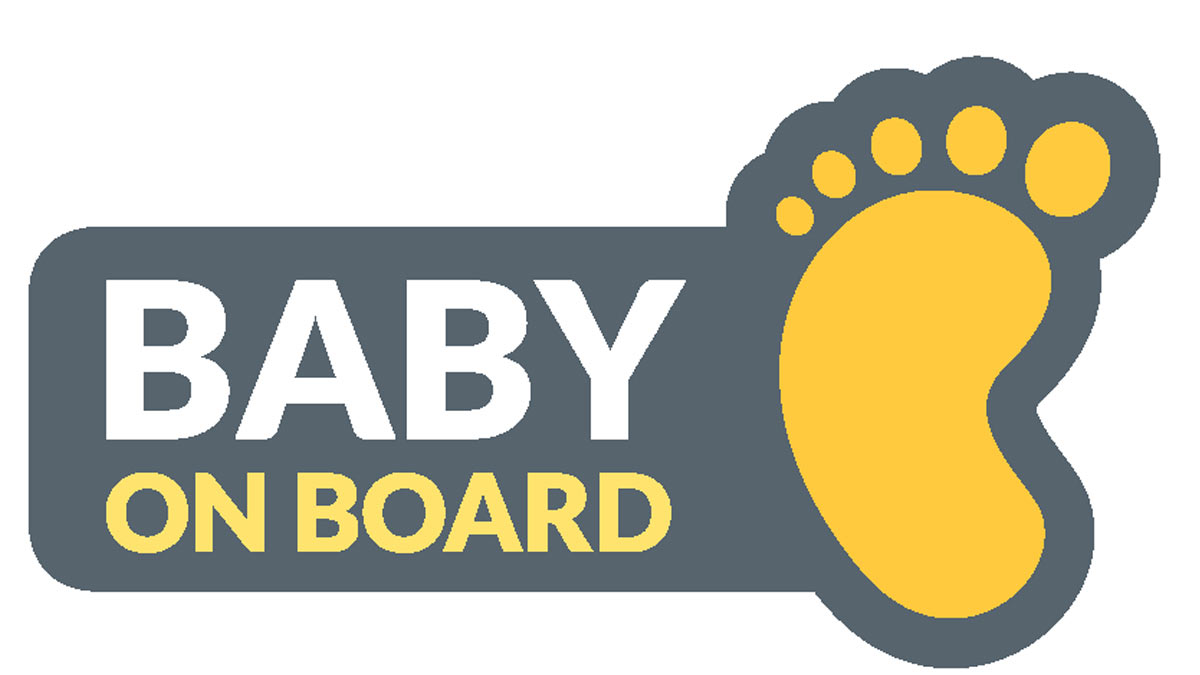Common Mistakes in Safety
- Utilizing a used car seat without doing your homework – Be sure the used car seat comes with instructions and labelling that shows the manufacturer date and model number. Knowing these numbers can allow you to verify if the car seat has been recalled, isn’t expired or more than six years old. Be sure to do a visual inspection and make sure there is no damage or missing parts. It is also important to verify if the used car seat has ever been involved in a moderate or severe crash.
- Placing the car seat in the wrong spot within the vehicle – By far, the safest place for a child’s car seat is in the back seat, away from active air bags. Vehicles such as trucks that only have one row of seats should have the capability of turning off passenger air bags. If you are only installing one car seat in the back seat, then place it in the center of the seat, if a good fit is possible.
- Incorrectly installing a car seat – Reading the manufacturer’s instructions and the section on car seat installation in the vehicle’s manual is important. Make sure the seat is tightly secured, allowing no more than one inch of movement from side to side or front to back.
- Reclining a child at the incorrect level – When a car seat is in a rear-facing position, recline it according to manufacturer’s instructions so that your child’s head doesn’t flop forward. Babies must ride semi-reclined to keep their airways open.
- Moving to a forward-facing car seat too soon – It is important to resist the urge to place your child’s car seat in the forward-facing position just so you can see him or her in your rearview mirror. Riding rear-facing is now recommended for as long as possible, until a child reaches the highest weight or height allowed by the car seat manufacturer.
- Not removing your child’s heavy outerwear – In colder climates, bulky outerwear and blankets can prevent harness straps from snugly securing your child. It is recommended to buckle the harness, then place a coat or blanket over the harness to keep the child warm.
- Moving to a booster seat too soon – Older children need booster seats to help an adult seat belt fit correctly. This typically happens when a child has topped the highest weight or height allowed by the car seat manufacturer.
- Incorrectly using a booster seat – Booster seats must be used with a lap and shoulder belt. Make sure the lap belt lies low across the child’s thighs and that the shoulder belt crosses the middle of your child’s chest and shoulder.
- Transitioning to a seat belt too soon – Most children can safely use an adult seat belt sometime between the ages of 8 and 12. This is possible when a child reaches a height of 4 feet, 9 inches, can sit against the back of the seat with his or her knees bent comfortably at the edge of the seat, the lap belt lies low across the child’s upper thighs and the shoulder belt rests on the middle of his or her chest and shoulder.
…
Know the Stages
- Use a rear-facing car seat from birth to ages 2 to 4 – depending on the weight and size of the child.
- Once children have outgrown their rear-facing car seat, use a forward-facing car seat until at least age 5.
- Once children have outgrown their forward-facing car seat, use a booster seat until the seat belt fits properly.
- When the seat belt fits properly without a booster seat, use a seat belt on every trip. Children should remain properly buckled in the back seat of a vehicle through the age of 12 for the best possible protection.
Installation Tips
- Prior to installing, you will have to decide on using the seat belt or lower anchors to secure the car seat. Both are safe, but don’t use them at the same time.
- Once the child is forward facing, it is important to use the tether with the seat belt or lower anchors.
- Prior to transitioning to a booster seat for older children, be sure to decide if the child is mature enough to remain in the seat for the entire ride.
The National Highway Traffic Safety Administration provided the following list of sites that will perform safety checks on installed car seats. These locations typically require an appointment.
4830 Jenkins Ave.
Station 1
North Charleston, S.C. 29405
843-740-2647Isle of Palms Fire Department
20 JC Long Blvd.
Isle of Palms, S.C. 29451
843-886-4410
Summerville Fire and Rescue
110 Luden Drive
Summerville, S.C. 29483
843-873-5107
St. Johns Fire Department
1148 Main Road
Johns Island, S.C. 29455
843-559-9194
Charleston Fire Department
1451 King Street Ext.
Charleston, S.C. 29405
843-973-7238
107 Cedar Lane Road
Greenville, S.C. 29601
864-385-6340Safe Kids Anderson County
2000 E. Greenville St.
Anderson, S.C. 29621
864-512-5437
Safe Kids Piedmont/Spartanburg Regional
101 E. Wood St.
Spartanburg, S.C. 29303
864-560-6845
Westview Fairforest Fire Department
Station 2
4247 Anderson Mill Road
Moore, S.C. 29369
864-310-6725
Reidville Fire Department
7450 Reidville Road
Reidville, S.C. 29375
Quick Stats on children up to the age of 12 who were unintentionally injured as occupants in motor vehicle crashes in 2019.
- 646 deaths
- 6,128 hospitalizations
- 95,237 emergency room visits
- 12 deaths per week
- 118 hospitalizations per week
- 1,831 emergency room visits per week
- The death rate decreased by 44% from 2005 to 2019
- Children ages 4 to 7 were at great risk of death
- Males made up slightly more than half of deaths: 52% males and 48% females







